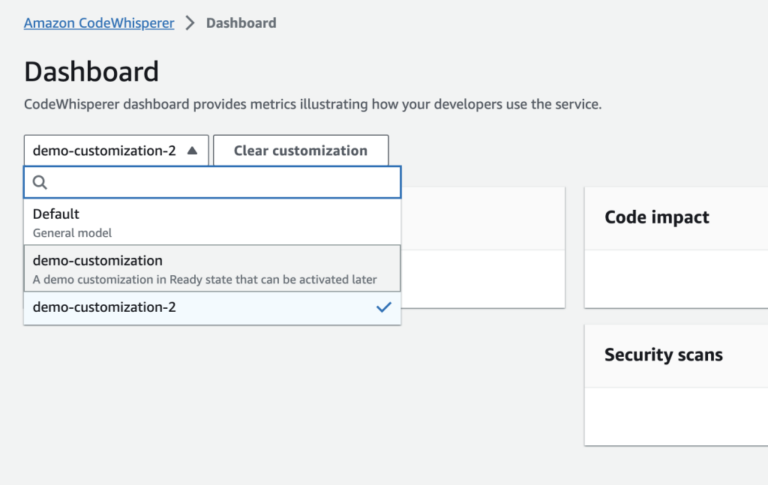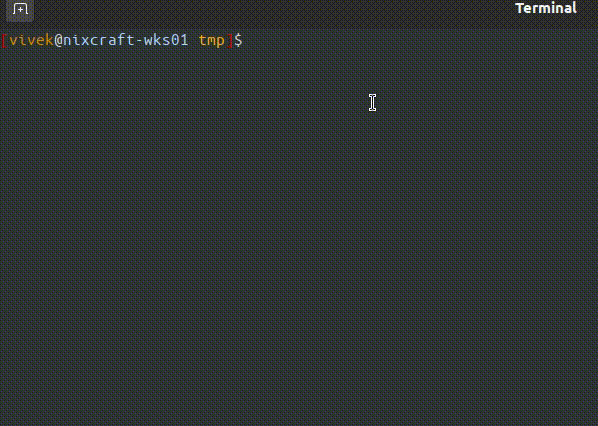With the amount of data created and used by businesses growing at a rapid rate, keeping it all safe from attack is a massive challenge. This is where data mining has proved to be invaluable, as it gives us a way of checking huge quantities of data very easily and improves the cybersecurity approach of a company in various ways. Let’s take a look at how data mining in cybersecurity works in this respect and what the future might hold.
How does data mining work?
Combining statistical analysis and machine learning elements, data mining is a process of working through large amounts of data to try and find patterns and resolve specific issues. As well as the cybersecurity role that we’ll be looking at here, data mining can be used to predict business trends, create marketing campaigns, and spot problems, among other things. Therefore, it’s easy to see why it’s grown so much in recent years and why data mining experts are in such high demand.
Data mining falls under the realm of data science and is often undertaken by data scientists or professionals in related analytical roles. These individuals employ specialized tools and techniques to extract valuable information, and the demand for this skill set is rising as businesses manage ever-growing datasets.
After obtaining a master’s in cybersecurity, salary prospects expand with a plethora of roles surfacing across various sectors, including data mining. Such advanced degrees delve into diverse topics encompassing data mining, machine learning, enterprise security, and more. Many educational programs offer flexibility, accommodating work and personal schedules through online learning, with the potential to complete the coursework in as few as 18 months.
Equipped with the knowledge and techniques for data mining within the context of cybersecurity, one can explore the myriad job opportunities spanning across diverse industries and geographies.
Why is data mining significant?

An increasing number of companies are recognizing the value of data mining, especially in bolstering their cybersecurity strategies. One of the primary advantages of data mining is its capability to rapidly and effectively pinpoint vulnerabilities and potential security threats. Additionally, it offers the benefit of detecting zero-day threats and revealing intricate patterns that might otherwise remain undetected.
When weighing up whether to go ahead with introducing this cybersecurity method or not, one of the possible negative aspects for a company to consider is the need for a high level of expertise in the subject. Training existing IT staff in the techniques and tools needed to make this work can be a long and expensive process. This is why the job market for cybersecurity experts who have already learned about data mining is so vibrant right now. Bringing in a new employee who is fully trained on the subject lets them get off to a flying start and immediately begin to contribute to the overall cybersecurity efforts.
What data mining techniques are used in cybersecurity?
Data mining can be carried out in a variety of ways, depending upon the setting and the information or predictions being sought. When it comes to a cybersecurity role, the following are some of the most important techniques that you need to be aware of.
Classification
This is where the total data set is divided into various classes, concepts, and variables. It’s a solid approach for adding variables to the database and getting accurate results, but it needs a well-trained algorithm to provide excellent real-time classifications for you.
Regression analysis
In this case, you’re creating an algorithm to predict any changes found in the variables, basing this on the average value of all the data set’s other variables. This approach isn’t only used for cybersecurity; it can also be a useful way of forecasting trends.
Time series analysis
By using information collected over a period of time, you can look for any time-sensitive patterns that let you try and predict whether there is a specific time of day or time of year when a cybersecurity attack may be more likely. This is done by using algorithms to check the time of changes in the database.
Associate rules analysis
This next technique is a useful way of looking for hidden patterns that could allow you to work out how a cyberattack might take place. It works by finding relationships between the variables in a group and showing you how an attacker is working.
Clustering
This data mining technique is most closely related to classification, but a major difference is that it can’t do real-time processing of new variables. Having said that, it can prove to be an excellent way of structuring and analyzing a database by looking for those items that have similar characteristics without creating new algorithms every time.
Summarization
The final technique for us to consider is mainly regarded as being useful when you need to create logs and reports. Summarization brings together a small group of clusters, classes, and data sets and lets you see what is contained in each one. This is a smart way to cut down on the need for manual analysis.
The use of machine learning and artificial intelligence
With machine learning and artificial intelligence currently hugely popular topics around the business world, their use in data mining in cybersecurity is sure to be something that we hear a lot more about in the future. AI is already present in cybersecurity and has already proved successful. In terms of data mining, AI can be used to detect malicious bots, malware, or intrusions in the network.
At the moment, the addition of this technology is still at a relatively early stage. This means that using it in a data mining role may make algorithms more complex and produce unpredictable results. However, it’s clear that AI is going to change the way we work in many fields, and it seems likely that data mining fully incorporates AI before too long.
Why is this important?
Cybersecurity has become a huge concern for just about every business around the planet. Businesses are now so reliant on the data that they collect and use that keeping it safe has become a big priority.
The issue is that cyberattacks have become so widespread and so complex that keeping tabs on them manually is no longer an option. The cybersecurity statistics are staggering, with about 300,000 new pieces of malware created every day, over 4,000,000 websites containing malware, and businesses taking an average of almost 50 days to detect a cyberattack.
This means that cybersecurity teams are constantly looking out for any tools or techniques that can help them to fight this wave of attacks. While data mining on its own isn’t the solution, it can be an extremely useful element in their day-to-day processes to keep the company’s data safe.
What threats can data mining detect?
Malware
To better understand the usefulness of data mining in the cybersecurity world, we can look at some of the threats that it’s capable of detecting for us. The first example is malware. As we’ve already seen, this is a huge and growing problem with a massive number of pieces of malware already out there looking to do damage.
Common ways of fighting malware include signature-based and behavior-based approaches. However, these methods haven’t proved to be completely successful, so cybersecurity teams have continued to look for other approaches.
Data mining can make it easier to detect malware quickly and accurately, spotting zero-day attacks and allowing businesses to avoid the disruption that malware can create. This is done in a variety of different ways:
- Misuse detection is also commonly called signature-based detection. It’s capable of spotting known attacks that have been confirmed by examples based on their signatures. It doesn’t tend to throw up false positives but isn’t capable of spotting zero-day attacks.
- Anomaly detection is a way of getting the system to recognize any activity or pattern that differs from the normal way of working. This is a powerful way of identifying new, unknown attacks but its main weakness is the number of false positives it can produce.
- A hybrid approach would see both the misuse and anomaly detection methods used together. This should help to detect more cases without having a large number of false positives.
In any of these cases, the system needs to extract the malware features from its records to help it identify a malware attack. After that, the classification and clustering part of the process splits them into groups according to the features that have been analyzed.
Intrusions
Another huge aspect of data mining is the fact that it can be used to spot potentially malicious intrusions. This could be any sort of attack on a network, servers, databases, or any other part of a system.
The main types of attacks that you would expect to catch in this way are scanning attacks, penetration attacks, and denial of service (DOS) attacks. To do this well, the system has to be able to extract and analyze the right features from the relevant programs.
Since data mining is an excellent way of identifying patterns, it’s a recommended way of detecting intrusions through the use of classification, clustering, and association. Using data mining allows you to efficiently extract the features of an attack to classify them and then locate all of the new records that are found to have the same features.
Fraud
Fraud is another huge area that businesses need to worry about more than ever before. Fraud is a billion-dollar industry that is growing continuously as scammers and other cybercriminals look for increasingly sophisticated ways of fooling people.
Spotting fraudulent behavior and separating it from genuine activity has long been a problem. Yet, by using the right data mining algorithms, it’s possible to do this more effectively. It can be done by splitting records into fraudulent and non-fraudulent categories, allowing the system to spot similar records.
Why is this more important than ever before?
As we’ve seen, cybersecurity is now a major area of concern due to the volume and variety of attacks that businesses are constantly subjected to. It’s a threat that’s not going to disappear any time soon and the increasing use of advanced technologies such as AI means that new threats are almost certain to appear.
Without the techniques used in data mining, trying to keep track of potential threats and eliminate them would prove to be a far more difficult and time-consuming task. Manually spotting new pieces of malware and intrusions would require much larger cybersecurity teams working round the clock and they would be unable to guarantee a high level of success. Thankfully, the techniques used in data mining are extremely effective when used correctly in this setting. They can help any business to grow without spending too much time and resources on their security.
This is good news for anyone who wants to explore the prospect of working in this area. Data mining is a fast-growing sector and the way that it’s increasingly needed to help fight cyberattacks means that it’s here to stay. As a well-paid and rewarding career, it’s definitely worth looking into, while any business that hasn’t yet implemented data mining to protect themselves should look into the idea of doing so as soon as possible.
By Randy Ferguson





